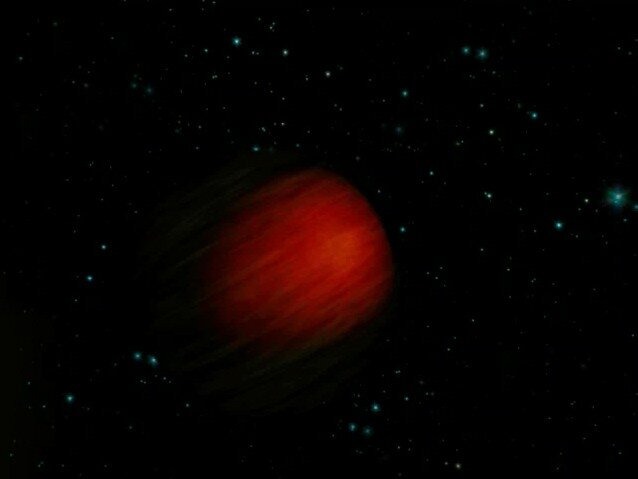In our Solar System, a certain pattern can be traced: more massive planets have a smaller percentage of “heavy” elements in the atmosphere. But in distant planetary systems, this trend is being destroyed. The atmospheric composition of distant giant exoplanets is very different from the laws of the Solar System. This was discovered by an international team of astronomers at the University of Chicago.

Using the James Webb Space Telescope, the researchers have discovered that the atmosphere of the exoplanet HD149026b, which is a “hot Jupiter” orbiting a Sun-like star, is extremely rich in heavier elements of carbon and oxygen, which scientists do not expect. In addition, the diagnostic carbon-to-oxygen ratio of HD149026b is significantly increased compared to our Solar System.
The giant planets of our Solar System demonstrate an almost perfect correlation between both the total composition and the composition and mass of the atmosphere. Extrasolar planets show a much greater diversity in their overall composition. But before analyzing HD149026b, scientists did not know how diverse their atmospheric composition was.
Increased “metallicity”
HD149026b, which is similar in mass to Saturn, contains 27 times more heavy elements than our ring planet of the Solar System. This ratio, called “metallicity”, is useful for comparing a planet with its home star or with other planets in its system. Another key measurement is the ratio of carbon to oxygen in the planet’s atmosphere, revealing the “recipe” of primary solids in the planetary system. For HD149026b, this is approximately 0.84 — higher than in our Solar System, where this value is 0.55.
“Together, these observations paint a picture of a planet-forming disk with abundant solids that were carbon-rich. HD149026b acquired large amounts of this material as it formed,” said Jonathan Lunine, professor of the Department of Physical Sciences.
Without a hint of life
Although a large amount of carbon may seem favorable for the chances of extraterrestrial life. But a high carbon-to-oxygen ratio actually means less water on a planet or planetary system.
These findings are an important first step to obtain similar measurements for a large sample of exoplanets to look for statistical trends, the researchers say. They also provide insight into the formation of planets. Many more observations are needed before astronomers can identify any patterns between giant planets or in systems with multiple giant planets or terrestrial planets before the compositional diversity that astronomers are beginning to document.
Earlier we reported on how to search for exoplanets in the Universe.
According to Phys
Follow us on Twitter to get the most interesting space news in time
https://twitter.com/ust_magazine

